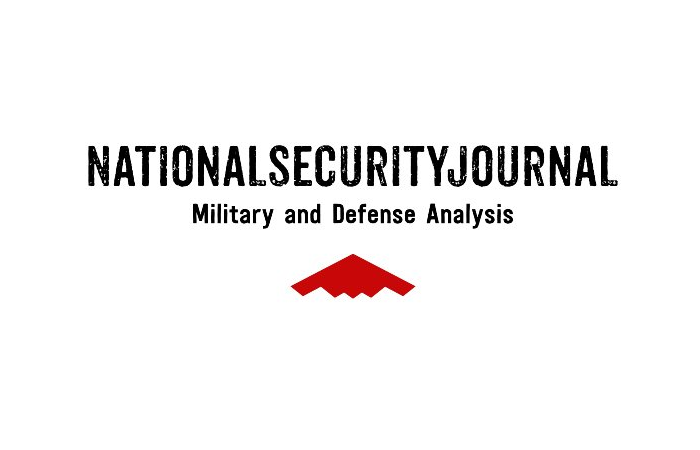By Congressman Chris Carney
When I joined the U.S. Navy in 1995, warfare was dominated by physical battlegrounds and traditional combat tactics. Today, that landscape has shifted dramatically. The frontline of 21st-Century conflict lies in cyberspace. And that reality has massive implications for both our national and economic security.
In an interconnected world where everything from medical devices to infrastructure systems are online, the potential damage from cyberattacks is staggering. A successful attack can shut down power grids, halt financial transactions, cripple utility systems, and wreak havoc on the societal stability we all take for granted. Cyberattacks are now more likely to bring down F-35 jets than missiles.
These threats are not hypothetical — they are happening now and growing more sophisticated.
According to Cybersecurity Ventures, there were over 2,200 cyberattacks per day in 2023, inflicting $16.4 billion in damages across the globe. These attacks, ranging from individual hacks to sophisticated assaults on businesses and government entities, often originate from adversaries like China, Russia, and Iran.
Earlier this year, Federal Bureau of Investigation (FBI) Director Christopher Wray warned, “the cyber threat posed by the Chinese government is massive. China’s hacking program is larger than that of every other major nation, combined.” Indeed, Chinese hackers steal more than $500 billion annually in U.S. technology and intellectual property. Their Beijing-backed Cyber Corps unit, with nearly 100,000 members, conducts extensive campaigns against critical U.S. entities and infrastructure.
Meanwhile, the rate of cyberattacks originating from Russia has increased substantially since the start of the Ukraine-Russia war. These attacks range in size, scope, and impact. For instance, last month, the “People’s Cyber Army of Russia“ claimed responsibility for an attack on the Tipton West Wastewater Treatment Plant in Indiana. This attack followed a similar attack at a water facility in Texas, causing a tank to overflow.
Cyberwarfare blurs the line between military and civilian targets, making everyone a potential victim, and presenting unprecedented national security and economic threats. This is very much an escalating threat with global cybercrime costs projected to increase by 15% annually, reaching $10.5 trillion by 2025. That is why it is essential for the United States to act with clear eyes and establish a robust, bipartisan cybersecurity strategy that remains persistent across administrations and is updated regularly.
Read more at National Security Journal.
